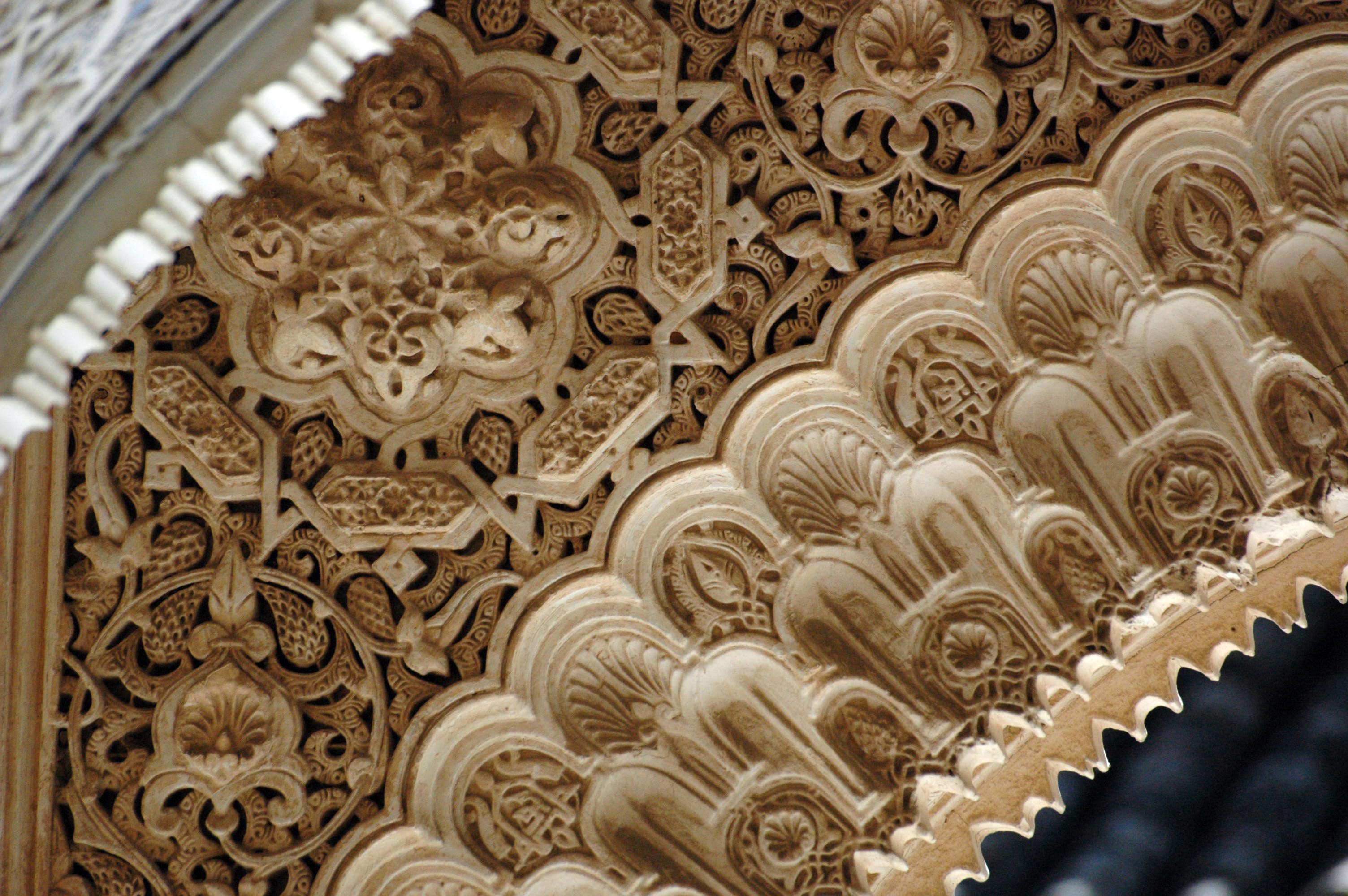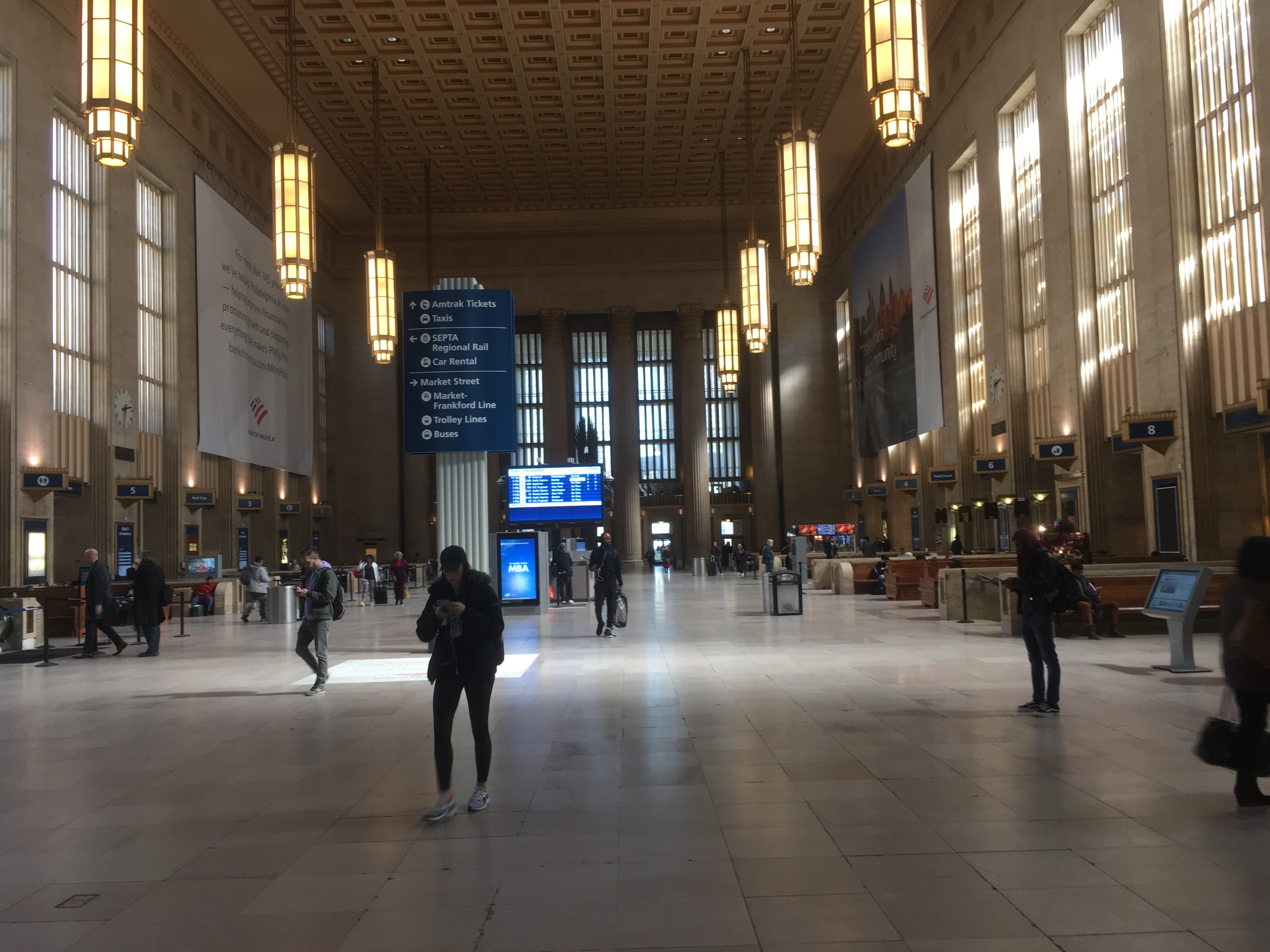|
Al-Qatt Al-Asiri
Al-Qatt Al-Asiri (also called ''nagash'' painting or ''majlis'' painting), is a style of South Arabian art, typically painted by women in the entrance to a home. It originated in the 'Asir Region of Saudi Arabia where the front parlour of traditional Arab homes typically contained wall paintings in the form of a mural or fresco with geometric designs in bright colors. Called ''nagash'' in Arabic, the wall paintings are often considered a mark of pride.Yunis, Alia, "The Majlis Painters," Saudi Aramco World Magazine, July/August 2013, pages 24-31. In 2017 Al-Qatt Al-Asiri was inscribed on 's list of |
Arabic Art
Islamic art is a part of Islamic culture and encompasses the visual arts produced since the 7th century CE by people who lived within territories inhabited or ruled by Muslim populations. Referring to characteristic traditions across a wide range of lands, periods, and genres, Islamic art is a concept used first by Western art historians in the late 19th century. Public Islamic art is traditionally non- representational, except for the widespread use of plant forms, usually in varieties of the spiralling arabesque. These are often combined with Islamic calligraphy, geometric patterns in styles that are typically found in a wide variety of media, from small objects in ceramic or metalwork to large decorative schemes in tiling on the outside and inside of large buildings, including mosques. Other forms of Islamic art include Islamic miniature painting, artefacts like Islamic glass or pottery, and textile arts, such as carpets and embroidery. The early developments of Islamic ar ... [...More Info...] [...Related Items...] OR: [Wikipedia] [Google] [Baidu] |
Murals
A mural is any piece of graphic artwork that is painted or applied directly to a wall, ceiling or other permanent substrate. Mural techniques include fresco, mosaic, graffiti and marouflage. Word mural in art The word ''mural'' is a Spanish adjective that is used to refer to what is attached to a wall. The term ''mural'' later became a noun. In art, the word began to be used at the beginning of the 20th century. In 1906, Dr. Atl issued a manifesto calling for the development of a monumental public art movement in Mexico; he named it in Spanish ''pintura mural'' (English: ''wall painting''). In ancient Roman times, a mural crown was given to the fighter who was first to scale the wall of a besieged town. "Mural" comes from the Latin ''muralis'', meaning "wall painting". This word is related to ''murus'', meaning "wall". History Antique art Murals of sorts date to Upper Paleolithic times such as the cave paintings in the Lubang Jeriji Saléh cave in Borneo (40,000–52,0 ... [...More Info...] [...Related Items...] OR: [Wikipedia] [Google] [Baidu] |
Culture Of Saudi Arabia
The cultural setting of Saudi Arabia is greatly influenced by the Arab and Islamic culture. The society is, in general, deeply religious, conservative, traditional, and family-oriented. Many attitudes and traditions are centuries-old, derived from Arab civilization and Islamic heritage. However, its culture has also been affected by rapid change, as the country was transformed from an impoverished nomadic society into a rich commodity producer in just a few years in the 1970s. This change has also been affected by and the result of a number of factors including the communications revolution and external scholarships. The most recent ruler or king of Saudi is King Salman of Saudi Arabia. Tripp, ''Culture Shock'', 2003: p.28 The Wahhabi Islamic movement, which arose in the 18th century and is sometimes described as austerely puritanical, now predominates in the country. Following the principle of " enjoining good and forbidding wrong", there are many limitations and prohibitions ... [...More Info...] [...Related Items...] OR: [Wikipedia] [Google] [Baidu] |
Saudi Arabian Art
Saudi Arabian art is contextual to the country being the birthplace of Islam; it includes both the arts of Bedouin nomads and those of the sedentary peoples of regions such as the Hejaz, Tihamah, Asir and Najd. Architecture The first mosque of Islam was the house of the Islamic prophet Mohammad in Medina. When it was first built by Muhammad and his companions, it was made of simple blocks. As time passed and different Muslim empires and rulers were honored to rule Medina, the mosque has been subjected to different constructions. The last construction was done by the different Saudi Arabia, Saudi kings. The current construction is the prototype of all later sacred Islamic architecture. The current design of the mosque pays great attention to all details; an important detail is the floor and carpet that are touched in prayer with the head. There are different regional styles of architecture in Saudi Arabia, and they are divided into different styles. In the Najd region, most buildin ... [...More Info...] [...Related Items...] OR: [Wikipedia] [Google] [Baidu] |
Painting Techniques
Painting is a visual art, which is characterized by the practice of applying paint, pigment, color or other medium to a solid surface (called "matrix" or " support"). The medium is commonly applied to the base with a brush. Other implements, such as palette knives, sponges, airbrushes, the artist's fingers, or even a dripping technique that uses gravity may be used. One who produces paintings is called a painter. In art, the term "painting" describes both the act and the result of the action (the final work is called "a painting"). The support for paintings includes such surfaces as walls, paper, canvas, wood, glass, lacquer, pottery, leaf, copper and concrete, and the painting may incorporate other materials, in single or multiple form, including sand, clay, paper, cardboard, newspaper, plaster, gold leaf, and even entire objects. Painting is an important form of visual art, bringing in elements such as drawing, composition, gesture, narration, and abstraction. Pa ... [...More Info...] [...Related Items...] OR: [Wikipedia] [Google] [Baidu] |
Islamic Architectural Elements
Islam is an Abrahamic monotheistic religion based on the Quran, and the teachings of Muhammad. Adherents of Islam are called Muslims, who are estimated to number 2 billion worldwide and are the world's second-largest religious population after Christians. Muslims believe that Islam is the complete and universal version of a primordial faith that was revealed many times through earlier prophets and messengers, including Adam, Noah, Abraham, Moses, and Jesus. Muslims consider the Quran to be the verbatim word of God and the unaltered, final revelation. Alongside the Quran, Muslims also believe in previous revelations, such as the Tawrat (the Torah), the Zabur (Psalms), and the Injil (Gospel). They believe that Muhammad is the main and final of God's prophets, through whom the religion was completed. The teachings and normative examples of Muhammad, called the Sunnah, documented in accounts called the hadith, provide a constitutional model for Muslims. Islam is based o ... [...More Info...] [...Related Items...] OR: [Wikipedia] [Google] [Baidu] |
Interior Design
Interior design is the art and science of enhancing the interior of a building to achieve a healthier and more aesthetically pleasing environment for the people using the space. With a keen eye for detail and a Creativity, creative flair, an interior designer is someone who plans, researches, coordinates, and manages such enhancement projects. Interior design is a multifaceted profession that includes conceptual development, space planning, site inspections, programming, research, communicating with the stakeholders of a project, construction management, and execution of the design. History and current terms In the past, interiors were put together instinctively as a part of the process of building.Pile, J., 2003, Interior Design, 3rd edn, Pearson, New Jersey, USA The profession of interior design has been a consequence of the development of society and the complex architecture that has resulted from the development of industrial processes. The pursuit of effective use of ... [...More Info...] [...Related Items...] OR: [Wikipedia] [Google] [Baidu] |
Intangible Cultural Heritage Of Humanity
UNESCO established its Lists of Intangible Cultural Heritage with the aim of ensuring better protection of important intangible cultural heritages worldwide and the awareness of their significance.Compare: This list is published by the Intergovernmental Committee for the Safeguarding of Intangible Cultural Heritage, the members of which are elected by State Parties meeting in a General Assembly. Through a compendium of the different oral and intangible treasures of humankind worldwide, the programme aims to draw attention to the importance of safeguarding intangible heritage, which UNESCO has identified as an essential component and as a repository of cultural diversity and of creative expression. The list was established in 2008 when the 2003 Convention for the Safeguarding of the Intangible Cultural Heritage took effect. , the programme compiles three lists. The longer Representative List of the Intangible Cultural Heritage of Humanity comprises cultural "practices and expressi ... [...More Info...] [...Related Items...] OR: [Wikipedia] [Google] [Baidu] |
Visual Arts Genres
The visual system is the physiological basis of visual perception (the ability to detect and process light). The system detects, transduces and interprets information concerning light within the visible range to construct an image and build a mental model of the surrounding environment. The visual system is associated with the eye and functionally divided into the optical system (including cornea and lens) and the neural system (including the retina and visual cortex). The visual system performs a number of complex tasks based on the ''image forming'' functionality of the eye, including the formation of monocular images, the neural mechanisms underlying stereopsis and assessment of distances to ( depth perception) and between objects, motion perception, pattern recognition, accurate motor coordination under visual guidance, and colour vision. Together, these facilitate higher order tasks, such as object identification. The neuropsychological side of visual inform ... [...More Info...] [...Related Items...] OR: [Wikipedia] [Google] [Baidu] |
Abha
Abha (, ') is the capital of Asir, Asir Province in Saudi Arabia. It is situated above sea level in the fertile Asir Mountains of south-western Saudi Arabia, near Asir National Park. Abha's mild climate makes it a popular tourist destination for Saudis. Saudis also call the city the Bride of Mountain due to its position above the sea. History Abha was the capital city for the Prince of Asir Ibn Ayde under the authority of the Ottoman Empire until World War I. In 1918, the Prince of Asir, Yahya bin Hasun Al Ayde, grandson of Ibn Ayed, returned to his family throne conquered in Abha with complete independence. In 1920, Asir was conquered by the Ikhwan tribesmen of Nejd loyal to Ibn Saud during the Unification of Saudi Arabia. Abha has many historic places such as forts and other locations, thanks to the region's cultural heritage. Bani Shehr, Bani Amr, Bal-Ahmar, Bal-Asmar, Bal-Qarn, Shumran and some others all belong to "Al-Azd" and some extended families Qahtan, Shahran which ... [...More Info...] [...Related Items...] OR: [Wikipedia] [Google] [Baidu] |
South Arabia
South Arabia (), or Greater Yemen, is a historical region that consists of the southern region of the Arabian Peninsula in West Asia, mainly centered in what is now the Republic of Yemen, yet it has also historically included Najran, Jazan, and Asir, which are presently in Saudi Arabia, and Dhofar of present-day Oman. South Arabia is inhabited by people possessing distinctive linguistic and ethnic affinities, as well as traditions and culture, transcending recent political boundaries. There are two indigenous language groups: the now extinct Old South Arabian languages and the unrelated Modern South Arabian languages, both members of the Semitic family. Etymology The term ''Yamnat'' was mentioned in Old South Arabian inscriptions on the title of one of the kings of the second Himyarite Kingdom known as Shammar Yahrʽish II. The term was probably referring to the southwestern coastline of the Arabian peninsula and the southern coastline between Aden and Hadramout. One ... [...More Info...] [...Related Items...] OR: [Wikipedia] [Google] [Baidu] |







